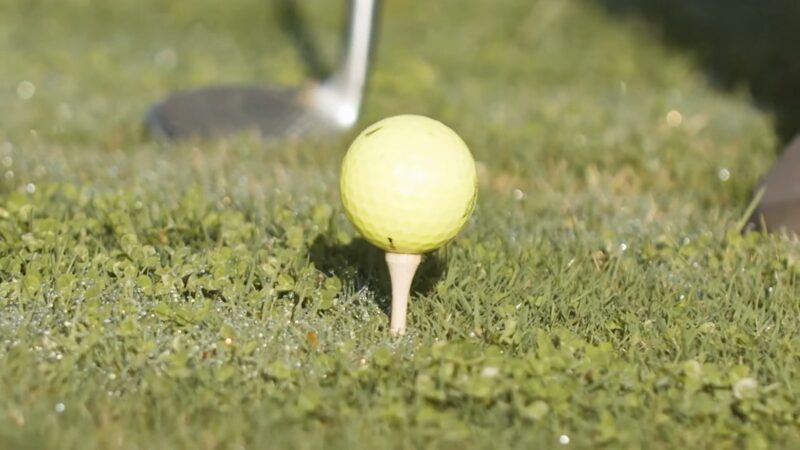Have you ever wondered if something as simple as your choice of golf tee could be affecting your game?
Believe it or not, the humble tee plays a more significant role than you might think.
1. Ignoring Tee Height
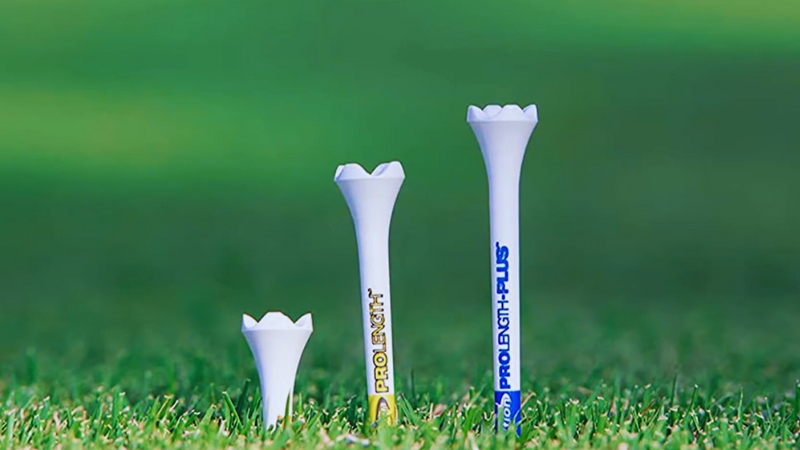
Mistake: Using the wrong tee height for your club and swing can drastically affect your shot’s trajectory and distance.
Why It Matters: The height at which you tee the ball influences the launch angle and spin rate. Teeing the ball too high or too low can lead to mishits, slices, or hooks.
Tip: For drivers, position the tee so that half the ball is above the top edge of the clubface. For fairway woods and hybrids, tee the ball up so it’s just above the ground.
Tee Height Guide
Club Type
Recommended Tee Height
Driver
1.5 inches
Fairway Wood
0.75 inches
Hybrid/Long Iron
0.5 inches
Mid to Short Iron
Just above ground level
2. Using One-Size-Fits-All Tees
Mistake: Sticking to a single tee type for all clubs and shots.
Why It Matters: Different clubs require different tee heights to optimize performance. Using the same tee can prevent you from making clean contact with the ball.
Tip: Keep a variety of tee lengths in your bag. Use longer tees for drivers and shorter ones for irons and hybrids.
3. Overlooking Tee Material
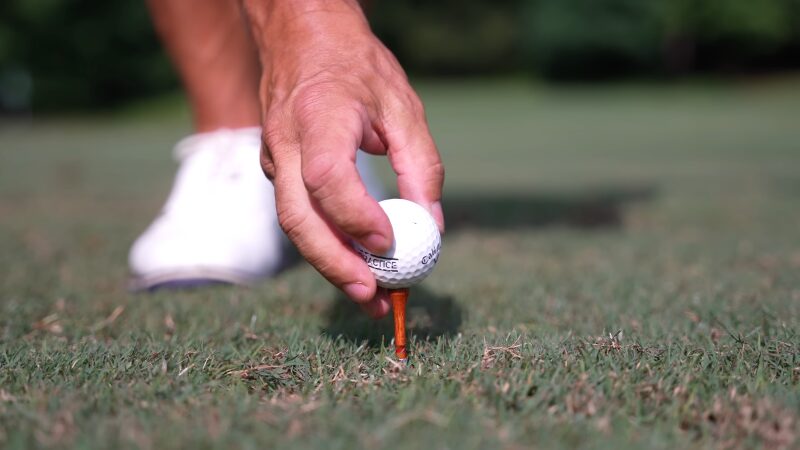
Mistake: Not considering the material of your tee, which can affect durability and performance.
Why It Matters: Tees come in various materials like wood, plastic, and bamboo. Each has its pros and cons in terms of durability and environmental impact.
Tip
- Wooden Tees: Traditional feel but may break easily.
- Plastic Tees: More durable but can bend and are less eco-friendly.
- Bamboo Tees: Durable and environmentally friendly.
4. Not Matching Tee Length to Club Size
Mistake: Using standard-length tees with oversized drivers.
Why It Matters: Oversized drivers require longer tees to position the ball correctly for optimal contact.
Tip: For drivers with larger clubheads (460cc), use tees that are at least 3.25 inches long.
5. Ignoring Ground Conditions
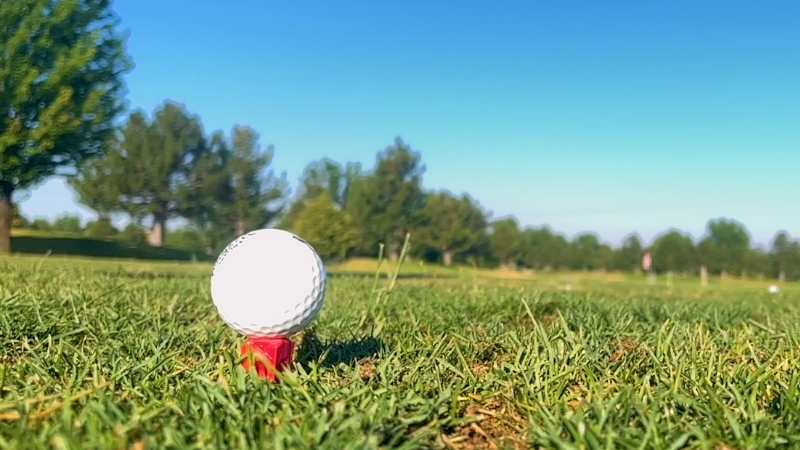
Mistake: Failing to adjust your tee choice based on the course’s ground hardness.
Why It Matters: Hard or soft ground affects how far you can insert the tee, impacting the ball’s height.
Tip: On hard ground, use shorter tees or ones designed to penetrate tough surfaces. On soft ground, longer tees can prevent the ball from sitting too low.
6. Disregarding Personal Swing Characteristics
Mistake: Not tailoring your tee choice to your unique swing style.
Why It Matters: Your swing path and angle of attack influence the optimal tee height for you.
Tip
- Upward Swing (Positive Angle of Attack): Use a higher tee.
- Downward Swing (Negative Angle of Attack): Use a lower tee.
Action: Work with a coach to understand your swing dynamics.
7. Neglecting Environmental Impact
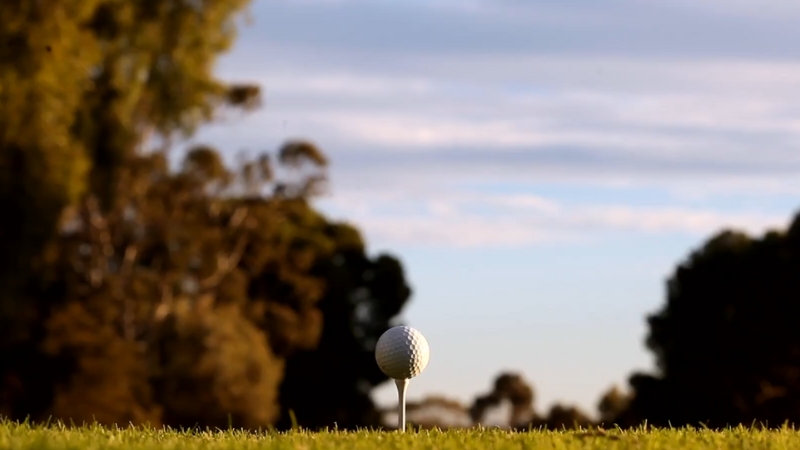
Mistake: Using non-biodegradable tees without considering their environmental footprint.
Why It Matters: Plastic tees can harm the environment and are less sustainable.
Tip: Opt for biodegradable tees made from bamboo or other eco-friendly materials.
8. Reusing Damaged Tees
Mistake: Continuously using tees that are cracked or splintered.
Why It Matters: Damaged tees can cause the ball to sit unevenly, affecting your shot’s accuracy.
Tip: Inspect your tee before each use and replace it if it’s damaged.
9. Overlooking Tee Color and Visibility
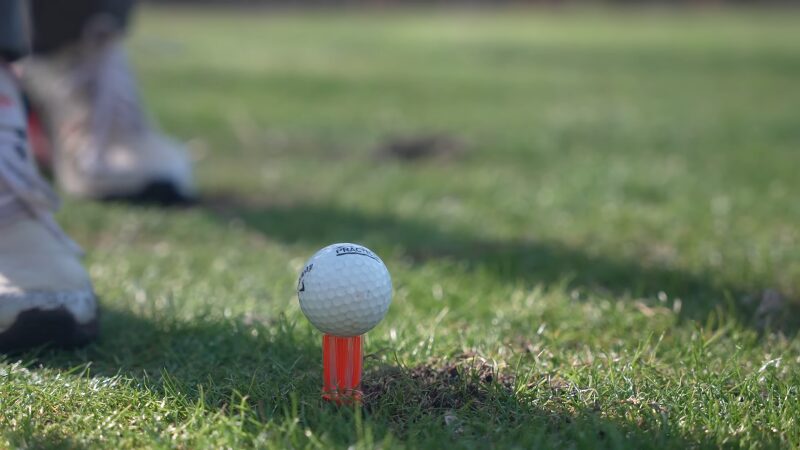
Mistake: Choosing tees that are hard to see against the course background.
Why It Matters: Visibility can help with consistent tee placement and prevent loss of tees.
Tip: Use brightly colored tees that contrast with the grass, making them easier to spot.
10. Not Experimenting with Advanced Tee Designs
Mistake: Sticking to traditional tees without trying new designs that could enhance performance.
Why It Matters: Innovative tees reduce friction and improve ball speed.
Tip: Try tees with low-resistance designs, like brush tees or step tees, to see if they improve your drives.
11. Failing to Adjust Tee Height for Wind Conditions
Mistake: Using the same tee height regardless of wind.
Why It Matters: Wind can affect ball flight, and adjusting tee height can help control trajectory.
Tip
- Against the Wind: Tee the ball lower to keep the trajectory down.
- With the Wind: Tee the ball higher to maximize carry distance.
12. Using Tees Incompatible with Your Golf Ball
Mistake: Not considering that some tees are designed to complement specific golf balls.
Why It Matters: The combination of tee and ball can influence spin and launch conditions.
Tip: Research or consult manufacturers to find tees that pair well with your preferred golf ball.
13. Choosing Tees Based on Price Alone
View this post on Instagram
Mistake: Opting for the cheapest tees without considering quality.
Why It Matters: Low-quality tees may break easily or not perform consistently, affecting your game.
Tip: Invest in higher-quality tees that offer durability and consistent performance.
14. Ignoring Comfort and Confidence
Mistake: Using tees that make you uncomfortable or undermine your confidence.
Why It Matters: Golf is as much a mental game as it is physical. Being confident in your equipment can improve performance.
Tip: Use tees that you feel good about, whether it’s the material, design, or even color.
15. Not Seeking Professional Advice
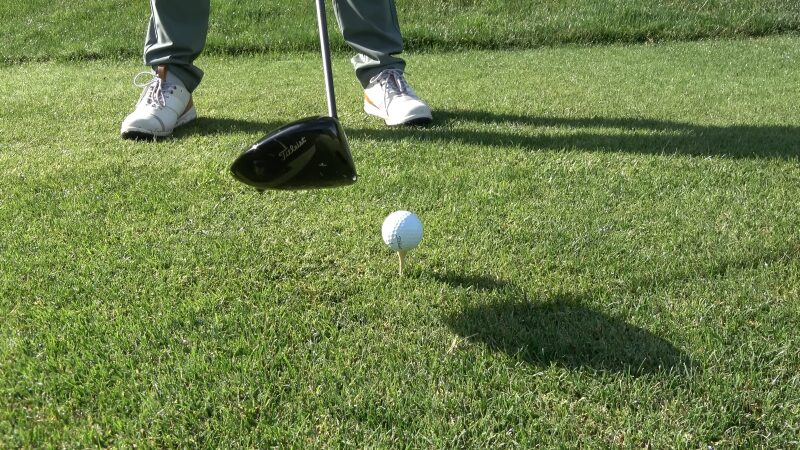
Mistake: Overlooking the value of expert guidance in tee selection.
Why It Matters: A golf professional can offer personalized advice based on your swing and equipment.
Tip: During your next lesson, ask your instructor for recommendations on tee selection.
5 Tips for Choosing the Right Golf Tee
Now that we’ve identified common mistakes, let’s summarize actionable tips to help you make better tee choices.
1. Carry a Variety of Tee Lengths
- Why: Different clubs and shots require different tee heights.
- Action: Include short, standard, and long tees in your bag.
2. Match Tee Material to Your Preferences
- Why: Material affects durability and environmental impact.
- Action: Try different materials to see which you prefer.
3. Adjust Tee Height Based on Conditions
- Why: Wind and ground conditions affect ball flight.
- Action: Be flexible with your tee height depending on the day’s conditions.
4. Use Tees with Height Markings
- Why: Consistent tee height leads to more consistent shots.
- Action: Consider tees with markings or step tees for uniform placement.
5. Keep Your Tees Organized
- Why: Easy access saves time and reduces stress on the course.
- Action: Use a tee holder or designated pocket in your golf bag.
Sample Tee Selection Guide
Here’s a quick reference table to help you choose the right tee for various situations:
Situation
Recommended Tee
Reason
Using Driver
Long tee (3.25″ – 4″)
Positions ball for optimal driver contact
Using Fairway Wood
Medium tee (2.75″)
Proper height for lower-profile clubs
Using Hybrid or Iron
Short tee (2.125″ or less)
Ensures solid contact with the ball
Hard Ground
Strong wooden or plastic tee
Prevents tee from breaking or bending
Soft Ground
Longer tee
Adjusts for deeper insertion into the ground
Windy Conditions (Headwind)
Lower tee height
Lowers ball trajectory to cut through the wind
Windy Conditions (Tailwind)
Higher tee height
Increases carry distance with the wind
Environmental Concern
Bamboo or biodegradable tee
Reduces environmental impact
Final Thoughts
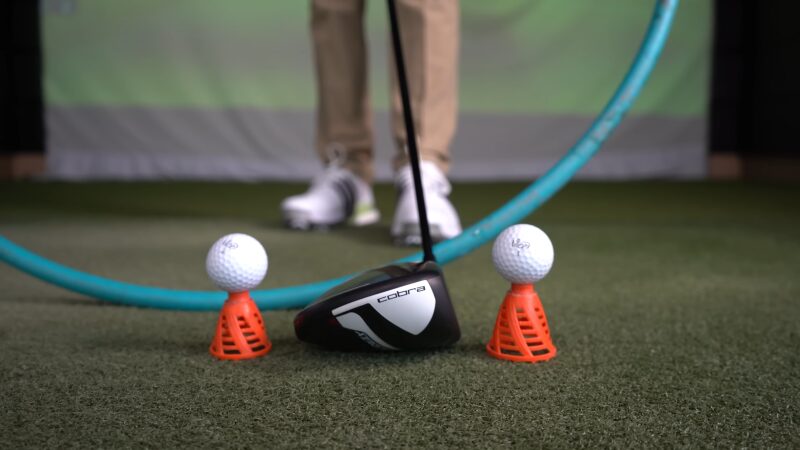
Choosing the right golf tee may seem minor, but it’s an essential aspect of the game that can influence your performance more than you realize.
By avoiding these common mistakes and implementing the tips provided, you’re setting yourself up for better consistency and potentially lower scores.
Next Steps
- Audit Your Current Tees: Take a look at the tees you currently use and assess whether they’re the best fit for your game.
- Experiment During Practice: Use different tees on the driving range to see how they affect your shots.
- Consult a Professional: Get personalized advice to fine-tune your tee selection.
- Stay Adaptable: Be willing to adjust your tee choice based on changing conditions and equipment.

